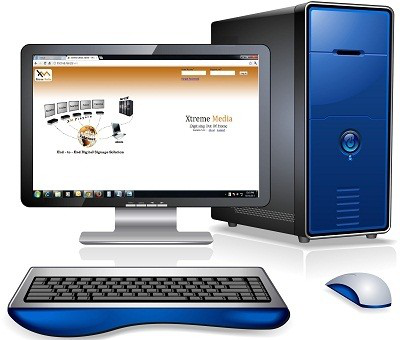Philips has introduced the latest successful 60-watt LED light-emitting diode bulb. The bulb is the world's first product to replace a 60-watt incandescent bulb. According to statistics, about half of the incandescent lamps sold in the US market are 60-watt bulbs.
The Philips LED bulb actually consumes only 12 watts of electricity and has a life expectancy of 25 times that of a conventional bulb, reducing consumer electricity costs and maintenance costs by 80%. Thanks to the innovative design and the remote phosphor technology developed by Philips, the bulb's luminous intensity is similar to that of a normal 60-watt incandescent lamp.
The annual sales volume of 60-watt incandescent lamps in the United States is as high as 425 million, accounting for about half of the entire market. Philips expects to save 32.6 megawatts of electricity per year if it is replaced by LED lights, equivalent to the electricity needs of 16.7 million American homes. From an environmental perspective, it can reduce carbon emissions by 5.3 million tons per year.
The invention of this LED bulb is another major breakthrough in the lighting industry following the compact fluorescent lamp (CFL). Compact fluorescent lamps are much more efficient than incandescent lamps and avoid all the disadvantages of incandescent lamps. However, fluorescent lamps contain mercury, which can cause harm to human health if discarded or damaged. At the same time, fluorescent lamps cannot be controlled with motion sensors and the light intensity is not adjustable. LED bulbs not only have these two functions, but also do not contain mercury in the bulb.
The standard 60-watt incandescent lamp typically lasts for 1,000 hours, and the same wattage of compact fluorescent lamps can last up to 8,000 hours, while LED lamps can last up to 5,000 hours.
Ed Crawford, chief executive of Philips North America, believes that LED technology will eventually replace all incandescent lamps. After the US energy-saving lamp use policy in effect in 2012, the replacement process will accelerate.
Currently, Philips has begun to sell 40-watt LED bulbs, and the newly developed 60-watt bulb will be available for sale at the end of 2010. Philips' innovation is expected to make it a leader in the lighting technology industry.
Crawford believes that the new LED technology awards lead people into a new era of lighting. For general lighting equipment, people usually simply turn on the switch to turn on the device. For LED bulbs, people can control their color, quality and temperature according to their needs.
The organic light-emitting diode technology (OLED) currently under development will not be used in ordinary households. LED technology is the future trend, and Philips has taken an important step in this field.

Led display screen Control System
LED display screens can't work without controller. The controller works together with led display panel to get beautiful vision world.
LED Display Control system is made up of hardware and software components and it mainly contains the following parts:
LED Video Processor (Optional)
Sender card which is installed in the controlling PC
Receiver cards which are installed in each cabinet of LED display
Hub cards which are also installed in each cabinet of the LED display
Accessories like fiber optic converter, multi-function card, etc
The DVI signal comes from the sender card in the controlling computer and is then given to the receiver cards in the LED display cabinets. If the input signal is from any other device such as a camera, DVD player, etc, then it is captured by the sender card installed in a small device called a LED video processor which is then given to the receiver cards in the LED displays.

LED Display Controller,VD Wall LED Display Video Processor,Novastar Controller,Linsn Controller
Shenzhen Priva Tech Co., Ltd. , http://www.privaled.com